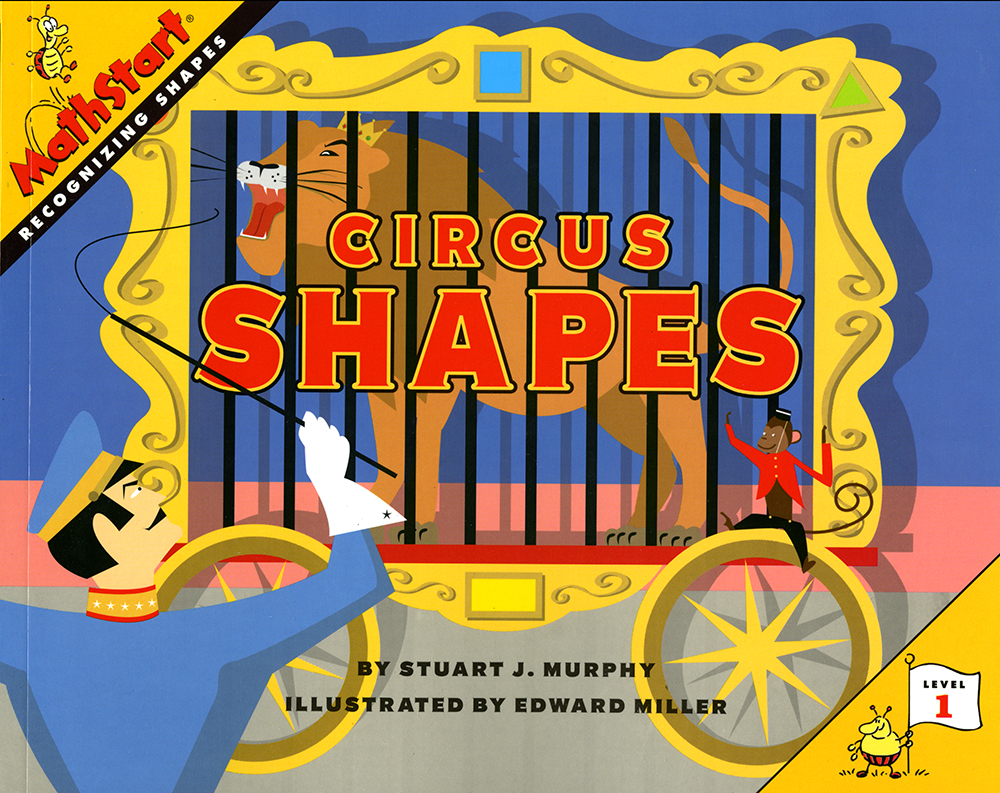Rosie Revere, Engineer by Andrea
Beaty
POSTED BY ANGELA MANESSIS
Title: Rosie Revere, Engineer
Author and Illustrator: Andrea Beaty; David Roberts
Recommended Grade
Level: Pre-K – 3
Common Core Standards
Addressed:
RL.1.1 Ask and answer questions about key details in a text.
R.L 1.2 Retell stories, including key details, and demonstrate understanding of their central message or...
R.L. 1.3 Describe characters, settings, and major events in a story, using key details.
CSS.MATH.CONTENT.1.G.A.2 Compose two-dimensional shapes (rectangles, squares, trapezoids, triangles, half-circles, and quarter-circles) or three-dimensional shapes (cubes, right rectangular prisms, right circular cones, and right circular cylinders) to create a composite shape, and compose new shapes from the composite shape.
Common Core Mathematics Standard:
- CCSS.MATH.PRACTICE.MP1
Make sense of problems and persevere in solving them.
- CCSS.MATH.PRACTICE.MP2
Reason abstractly and quantitatively.
- CCSS.MATH.PRACTICE.MP4
Model with mathematics.
- CCSS.MATH.PRACTICE.MP7 Look for and make use of
structure
Summary: Rosie is passionate about building things and helping others, since she was small. Unfortunately, Rosie’s passion for engineering has not been appreciated by her family, as they always laugh at Rosie’s creations. When her great-great-aunt comes for a visit, Rosie sets to work building a contraption for her aunt, that crashes, thus Rosie feels she failed. Yet, Rosie’s aunt insists that Rosie's contraption was a raging success. You can only truly fail, she explains, if you quit, thus increasing Rosie’s self-esteem and furthering her dream to become a great engineer.
Rating: ✭✭✭✭✭ I rate this 5 stars because it introduces children to the concept of engineering and what engineers do. I also love that this book incorporates a female character that is the same age as the demographic of children reading this book. It also show practical engineering “contraptions” that are age-appropriate and typical of the developmental imagination from the ages of 4-8.
Classroom ideas/Lesson
ideas: I used this book to teach the engineering scope and sequence is Pre-K, K,
and 1st. In Pre-K, I presented my students with the prompt that Dora
needs to cross over a river to save boots. Yet, there is only a string of rope,
connecting each side. Using this string, and given solo cups, tape, and
craft sticks, the children were tasked to build a bridge that would hold the
weight of Dora and boots, safely. The same principal can be applied and made more
challenging based on grade. For example, in first grade, you can task students
to build a ramp for a ball using common classroom furniture.








